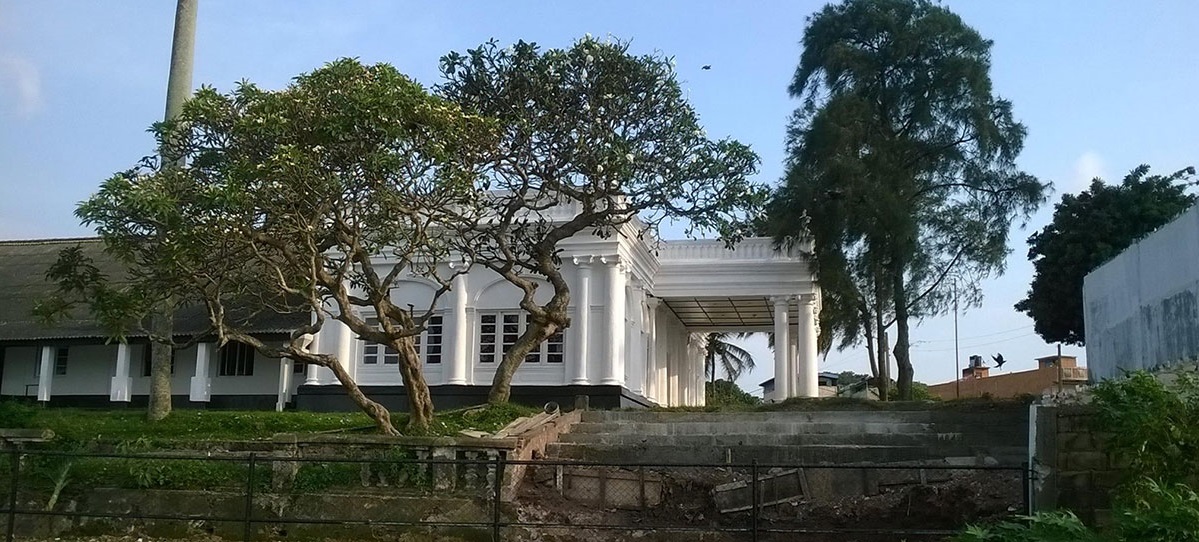
With a documented existence of over 200 years, the “Whist Bungalow” at Mutwal, is a property steeped in history. It was one of the best-known residences of the British period, and is featured in the writings of such greats as Haeckel, Tenennt and Cordinor. The neighboring bungalow – and perhaps the only other residence of prominence in the area “Elie House” – was the home of Sir Emerson Tennent.
The Whist Bungalow had been constructed at the turn of the 19th century, by an English officer with a penchant for holding whist parties on Sunday evenings. The next owner, Sir Richard Morgan, Supreme Court Judge, spent a large part of his fortune in extending the bungalow and creating a magnificent garden. It is this new building probably built around the middle of the 19th century that stands even to date. It was this glorious garden that gave Ernst Haeckel, an avid naturalist, his first impressions of the wonders of Ceylon and made him dedicate almost an entire chapter of his book ‘A Visit to Ceylon’ to this beautiful property. (A link to a website which will allow you to read the entire chapter online, is given at the end of this article). Richard Francis Morgan was one of the leading Eurasian intellectuals of the 19th century. He was the Burgher unofficial representative in the Legistative Council in 1851. He was appointed a district judje in 1856 and later made a Queen’s Advocate, the main legal advisor to the government. He was awarded a knighthood in 1874, but died a few years later at the age of 54 in 1876. During the time of Haeckel’s visit in 1883, the bungalow has changed hands and was owned and occupied by a Herr Stipperger, the representative of the Austrian Lloyd Shipping Company in Colombo. The next owner of this property is traced from Arnold Wright’s book 20th Century Impressions, which was printed around 1903.The book also contains a graphic description of the bungalow and its history. As at the turn of the 20th century, this magnificent property was owned by Louis H. S. Pieris. A photograph as well as the description of the bungalow is reproduced elsewhere.
Mr. Louis Henricus Susen Pieris, Barrister-at-law and Advocate of the Supreme Court of Ceylon, was born at Colpetty, Colombo, on June 4, 1879. He is the son of Louis Pieris and Cecilia Elizabeth de Fonseka, the latter a direct descendant of Anderado Adigar, mentioned in the history of the Dutch period in Ceylon. The family, on the side of both parents, is closely connected with some of the best-known names in the island. Louis Pieris used the Whist Bungalow as his Colombo residence. Being a large plantation owner he divided his time between his country residence in Grosvenor Gardens, Kandy and this bungalow.
Details of the bungalow are sketchy or non-existent from that point onwards. According to Barbara Sansoni’s book ‘Of Vihares & Verandahs’, which has a small account along with Whist Bungalow, Mutwal was a fashionable and healthy area at one time. However once steam ships were replaced by coal ships, the coal dust from the ships & the Coal storage ships, (i.e. old ships permanently anchored to store and load coal) made it a very unhealthy area to live. The effluent people then migrated to the newly opened Cinnamon Gardens area. With the expansion of the Colombo Port the area became congested and polluted and Mutwal lost it’s magical charm, described so well by Haeckel and others.
Thankfully the house remains to date in altered form in the now extremely crowded suburbs of Mutwal. The vast gardens and property having being sold or encroached is no more.. The Amman Kovil, a block of low cost Government Flats and other houses, probably occupy the once beautiful front lawn of the house. A high wall, built in front of the entrance has cut off the once magnificent view of the Colombo harbor and its environs. Sea erosion has brought the waves, almost to its doorsteps. Shanties and other unauthorized structures occupy the land towards Crow Island. The house has lain abandoned for a considerable period of time, becoming a haunt of drug addicts and other undesirables. In 1987, this dilapidated building has been renovated by the Urban Development Authority at tremendous cost and put into public use under the guidance of the then Prime Minister and minister of Housing and Construction, Hon. Ranasinghe Premadasa. The plaque unveiled by him on the 10th of February 1987, contains a reference to the building’s origins in the ‘Whist Bungalow’ of past.
Today the property is owned by the National Housing Development Authority (NHDA) and is known as the ‘Pradeepa Hall‘. It is hired out for functions and is used mostly by the residents of the area for their weddings and other functions. The property can be found just beyond the Amman kovil on the Modera Street, the road that runs parallel to the main Alutmawata Road in Mutwal. A recent refurbishment program undertaken by the NHDA (in 2002) has once again restored part of the glory that was the ‘Whist Bungalow’.
Photographs:
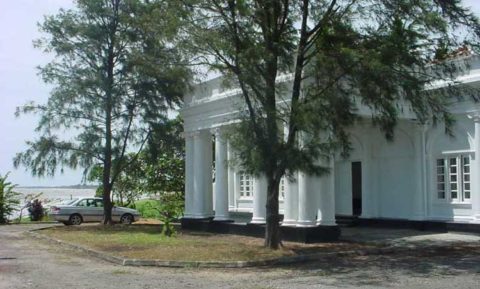
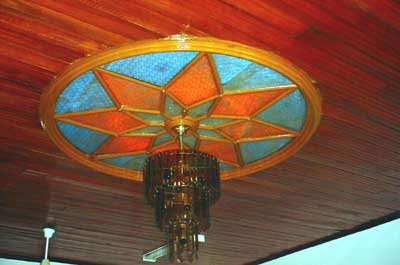
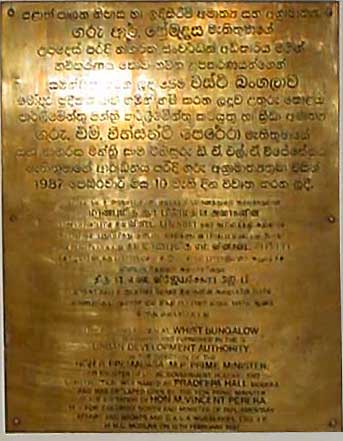
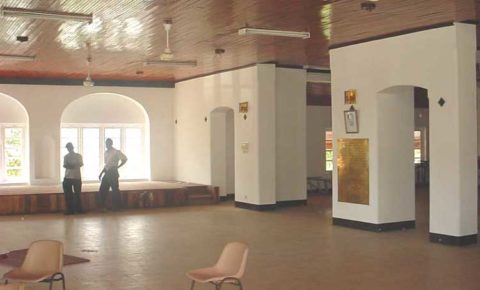
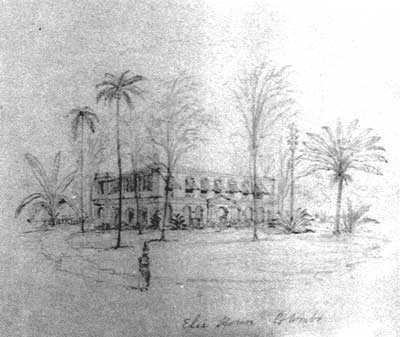

Additional Information :
The Whist Bungalow – from the 20th Century Impressions of Ceylon, Arnold Wright.
( Includes a Photograph taken around the turn of the century )
A Visit to Ceylon by Ernst Haeckel, 1883 – Chapter 5
Part of the Kurt Stübers online library ( http://caliban.mpiz-koeln.mpg.de/~stueber/haeckel/ceylon_e/chapter_05.html )